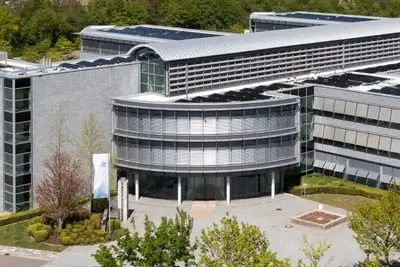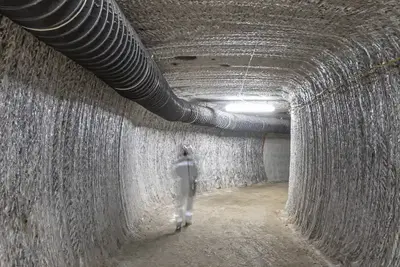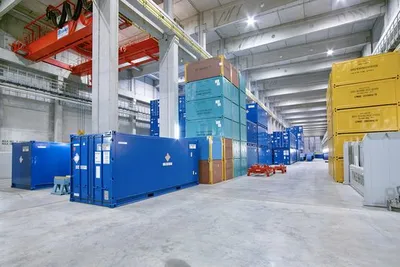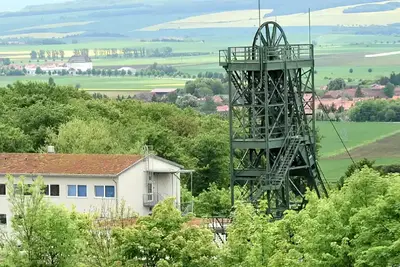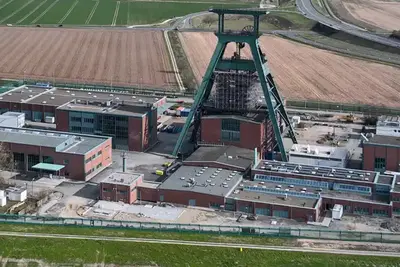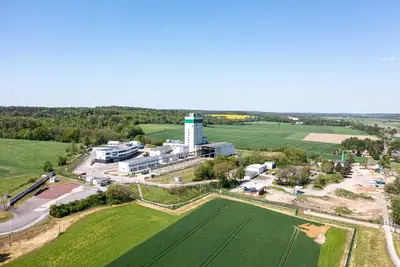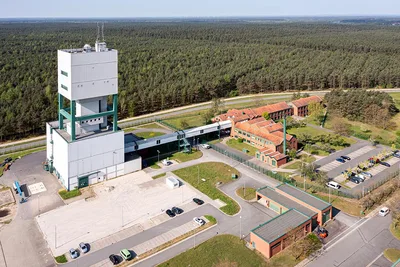Licensing of the Konrad repository
The Konrad repository in Salzgitter was licensed as part of a procedure that took around 20 years to complete. This is the first time that such a comprehensive nuclear licensing procedure has been carried out. The planning approval decision – that is, the licence for the construction, operation and decommissioning of the repository – was issued by the Lower Saxony Ministry for the Environment on 22 May 2002. This decision stipulated that the licensed repository must meet all legal requirements and that the necessary damage prevention must be ensured in accordance with the state of the art of science and technology.
The licence has now been in place for 20 years, during which time a great deal of work was done both above and below ground, although it wasn’t yet possible to implement the plan for the Konrad repository’s construction. This was because complaints were raised against the procedure, and the Federal Office for Radiation Protection – as the contracting authority at the time – therefore opted not to commence construction until the legal issues were definitively clarified. The complaints were dismissed by the Federal Administrative Court on 26 March 2007, and a constitutional complaint was also rejected. The Federal Environment Ministry, which is responsible for the disposal of radioactive waste, eventually issued the order to build the Konrad repository on 30 May 2007. Since then, work has been underway on converting the Konrad mine into a repository for radioactive waste with negligible heat generation based on the planning approval decision, along with its numerous ancillary provisions. The repository is an integral part of the Federal Republic of Germany’s National Waste Management Programme (NAPRO)(external link) and therefore also represents a significant contribution to the process of nuclear phase-out.
What stipulations does the planning approval decision include?
The planning approval decision constitutes the licence for the final disposal of solid or solidified radioactive waste with negligible heat generation (low and intermediate-level radioactive materials) in the Konrad repository. It includes, “with the exception of permits under water law, which were subject to separate decisions (A Annex 1 to 4), all other necessary licences, permits, approvals, authorisations and consents under public law.”
The planning approval decision was issued on the basis of comprehensive safety analyses, and the corresponding procedure included not only an environmental impact assessment (Konrad planning approval decision, Annex B) but also a public participation process. As part of the licensing procedure, the site’s geological suitability was demonstrated. In this context, it is particularly important to consider the question of safety following the repository’s decommissioning. Furthermore, the operating safety during emplacement was also analysed and demonstrated with a particular focus on accidents with respect to the waste and the overall facility, including the buildings on the surface as well as the emplacement chambers and supply routes underground, the technical components, and the operational processes.
A description of the overall facility is provided in the planning approval decision and the repository licencing documents. Furthermore, the licence also regulates the requirements for the waste containers – and the planning approval decision includes, within its over 500 ancillary provisions (planning approval decision, section A III), a series of further requirements for final disposal in the Konrad mine.
In accordance with the Federal Mining Act (BBerg) (external link), the Lower Saxony State Office for Mining, Energy and Geology (LBEG) is responsible for supervision and the licensing procedure until such time as the Konrad repository is put into service. In this work, the State Office is subject to technical supervision by the Lower Saxony Ministry for the Environment. In addition to the rules and stipulations of the planning approval decision under nuclear law, approval must also be obtained for the planning and construction work in accordance with the Federal Mining Act.
The facility must only be commissioned as a repository following formal approval by the supervisory authority under nuclear law, i.e. the Federal Office for the Safety of Nuclear Waste Management (BASE) (external link). Once approval is granted, responsibility for the Konrad repository will also be transferred to the BASE as the supervisory authority under mining law.
The planning approval decision also licences the technical equipment, such as the stacking truck for depositing waste containers in the emplacement chambers or the transfer station underground. Of course, the planning approval decision also includes the radiation protection provisions for the surrounding area and the facility itself. This serves to protect staff and the general public.
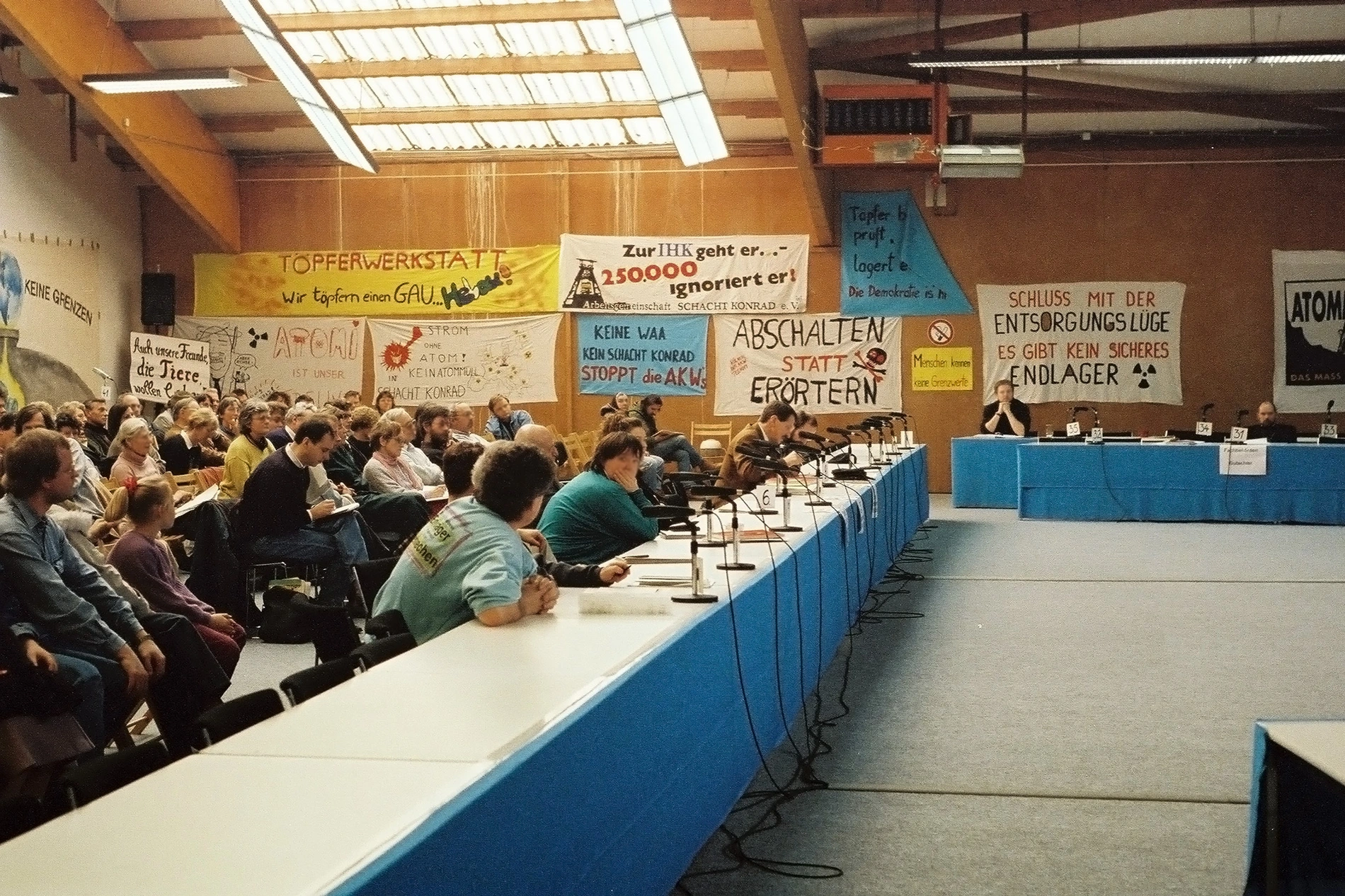
Protests against Konrad at the public hearing
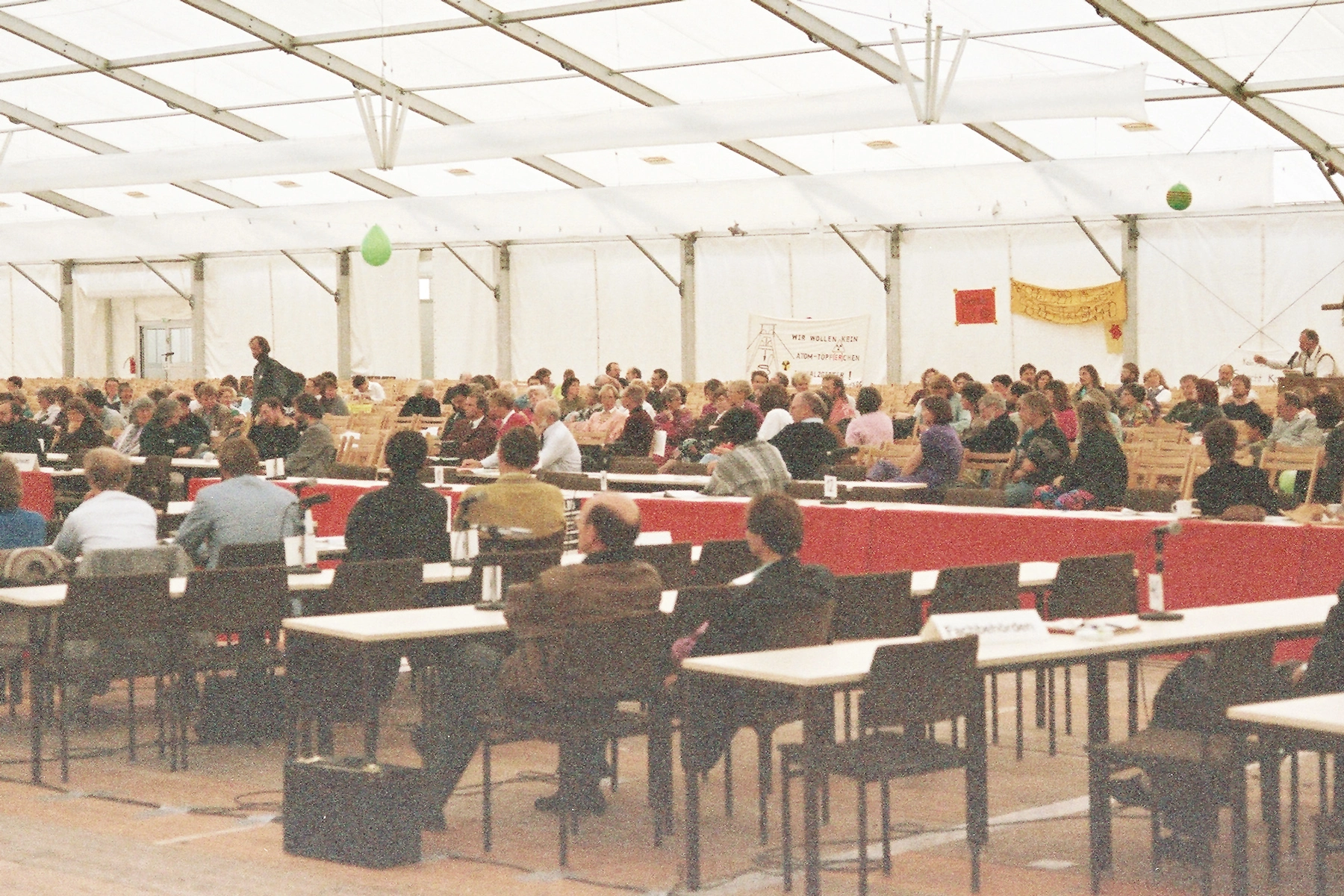
The hearing began in Salzgitter in September 1992 and ended after sitting for 75 days.

